OK, it’s not actually a true story – but the 2021 film Délicieux is a good story (“93% fresh” on Rotten Tomatoes), and for the purposes of this blog it’s a perfect story because it unfolds in the Cantal, one of the most beautiful regions in the deep heart of France. Directed by Eric Besnard, the comedy is available now to stream on Amazon Prime and YouTube Movies.
Délicieux - The “history” of how restaurants were created?
In the movie, Grégory Gadebois plays Manceron, an extraordinary, if sometimes temperamental, chef who gets dismissed from his position cooking for a French duke. What did he do wrong? For a banquet with the duke’s distinguished guests, he made a dish (one of 40!) that includes potatoes at a time when the potato was considered not just “base” but something fit only for pig food, potentially unhealthy because it is grown beneath the soil. The fact that everyone loved the dish was not enough to keep him from being fired.
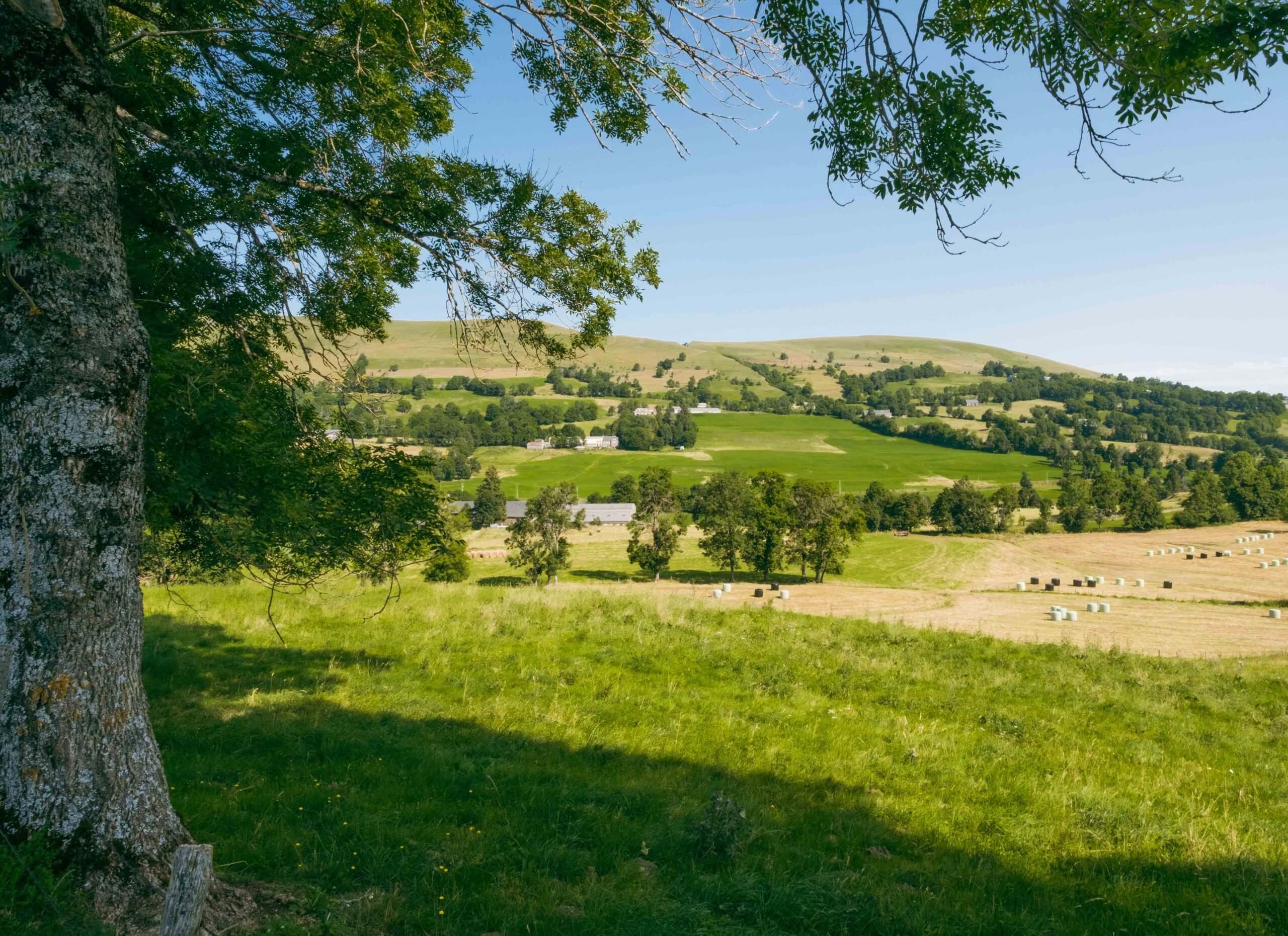
And where does our chef go when he is out of work? Back to his roots in the Cantal! Manceron retreats to a dilapidated inn once owned by his father, acquires an apprentice, and begins experimenting with the service format that will eventually become a full-fledged model of the restaurant as we know it today. (Although not once does one of the waiters say to a guest, “My name is Brad, and I’m going to be taking care of you this evening”!)
The first reason to enjoy this film, then, is for all the food – plates and plates of glorious French cooking, lovingly presented and rich in every way. (The very first words in the movie: “Du beurre! More butter!”) And it’s interesting to watch the different models of service evolve in the course of the story, from a fixed menu plopped in front of weary travelers in a dark rustic dining room to seeing everyone choose whatever they want in a bright, al fresco service on the lawn.
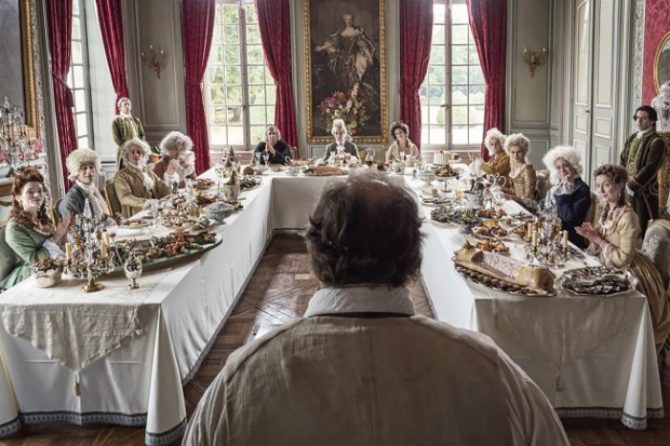
Although this is decidedly a comedy, it’s all set in 1789, with the French Revolution churning in the background. The fussy duke who employs the chef at the beginning of the story represents the excesses of the old order, while “good cooking for everyone” is clearly in line with the egalitarian impulses behind the Revolution. So Manceron’s story makes a good allegory for the whole political situation, even as it glorifies the art of French cuisine.
But you have to keep in mind that it is allegory and not historical fact. French legends say that a certain Monsieur Boulanger opened a place in Paris in 1765 to “restore” (restaurer) his clients. But as the National Geographic reported in its excellent story on how restaurants were invented, there’s not a lot of evidence to support the myth. It is true, though, that eating places identifiable as “restaurants” began to appear as many French chefs suffered the fate of Manceron during the French Revolution, turned out of their employment in aristocratic houses – but almost all the recorded ones were found in Paris, not the Cantal. (And all of this is a very Eurocentric version of history; there’s good evidence that real “modern” restaurants first appeared in China in the 1100s!)
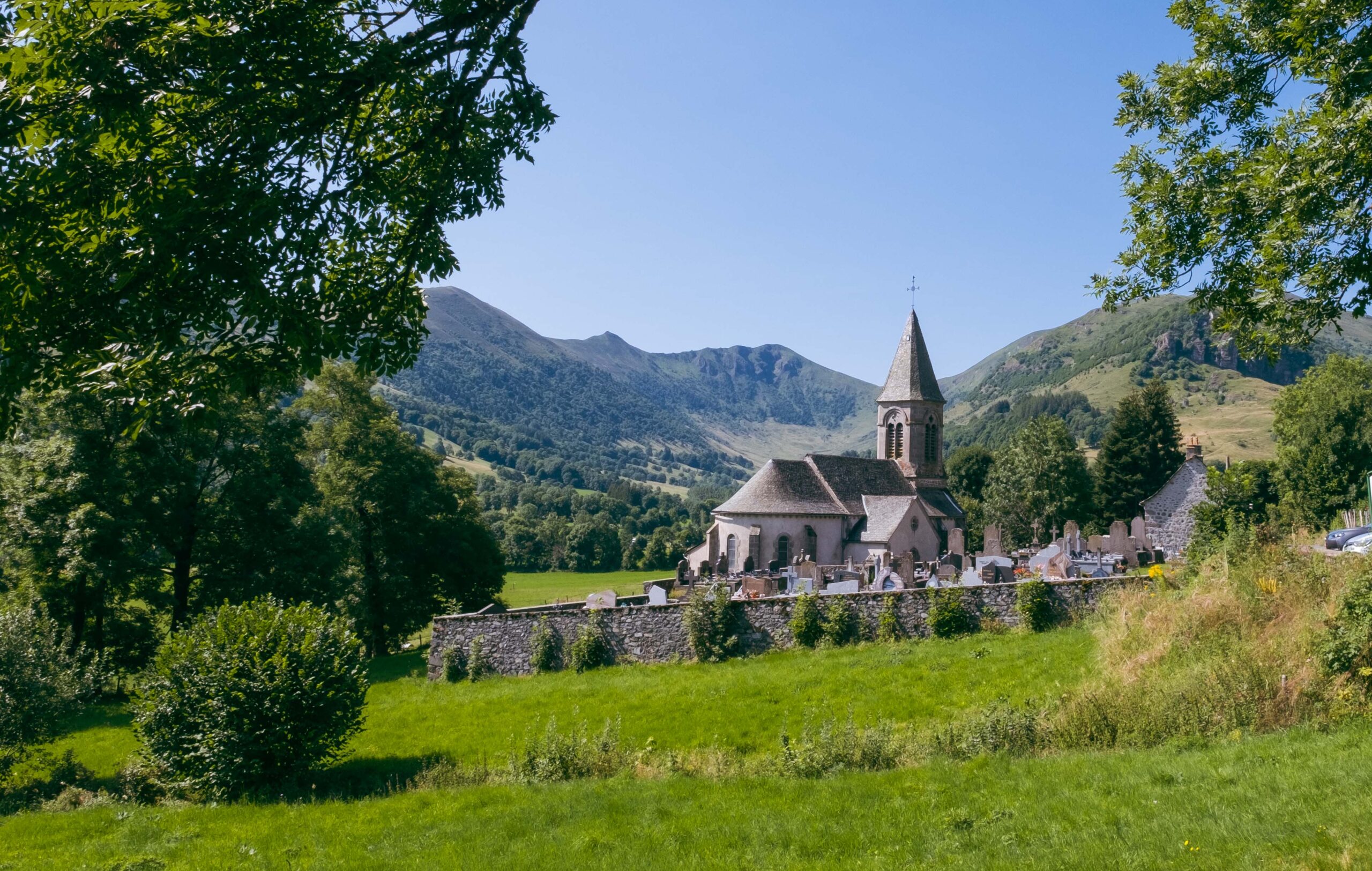
A film shot in the Cantal
You can watch Délicieux for the incredible food and the gentle comedy of Manceron’s blossoming relationship with his female apprentice. But if you love getting off the beaten path in central France, you will ALSO love seeing the spectacular settings of the Cantal while you soak in the historical drama. For me personally, this is perhaps my favorite part of the whole country. It’s among the most sparsely populated parts of France, it is rich in medieval history and architecture, and it offers up some of the most spectacular vistas to be found anywhere.
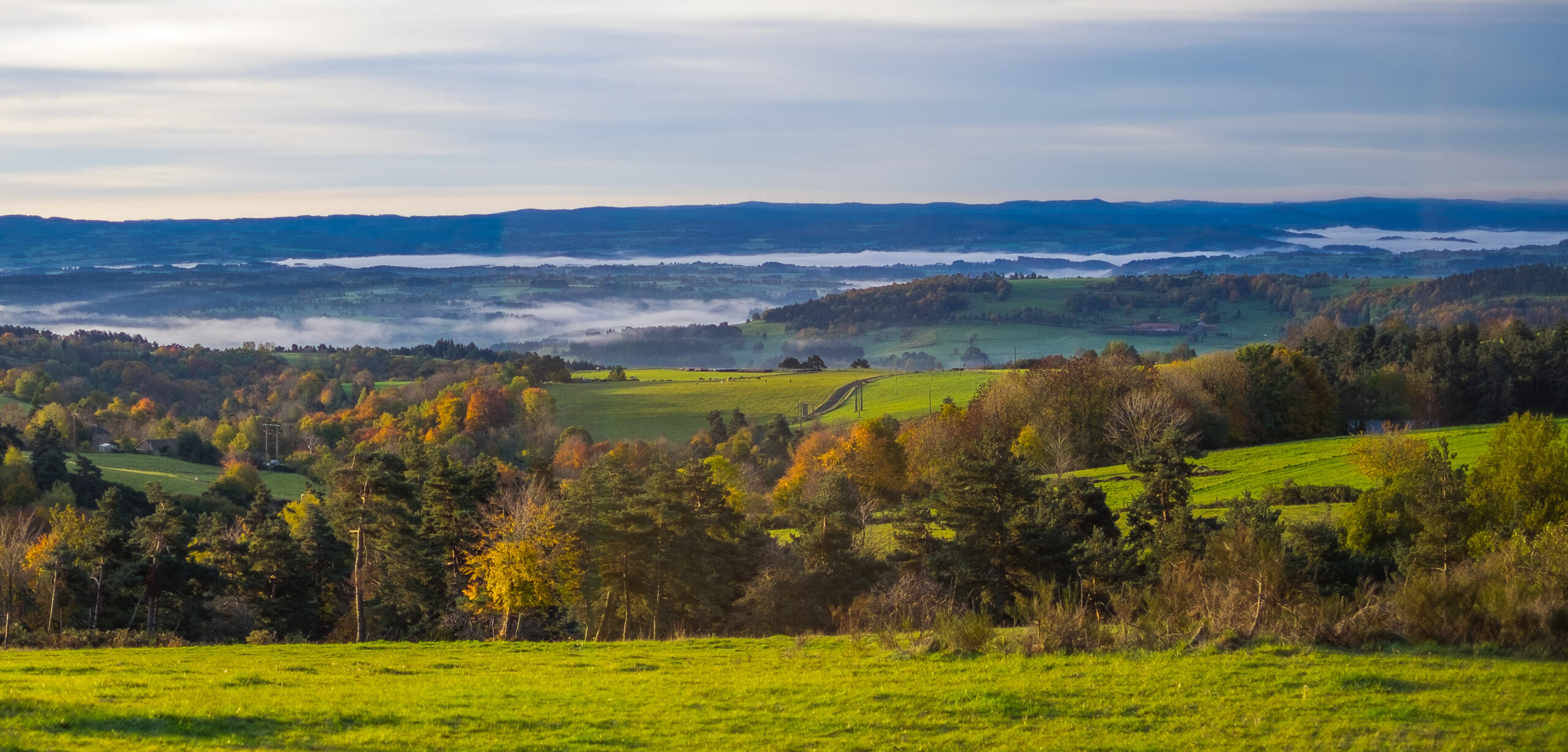
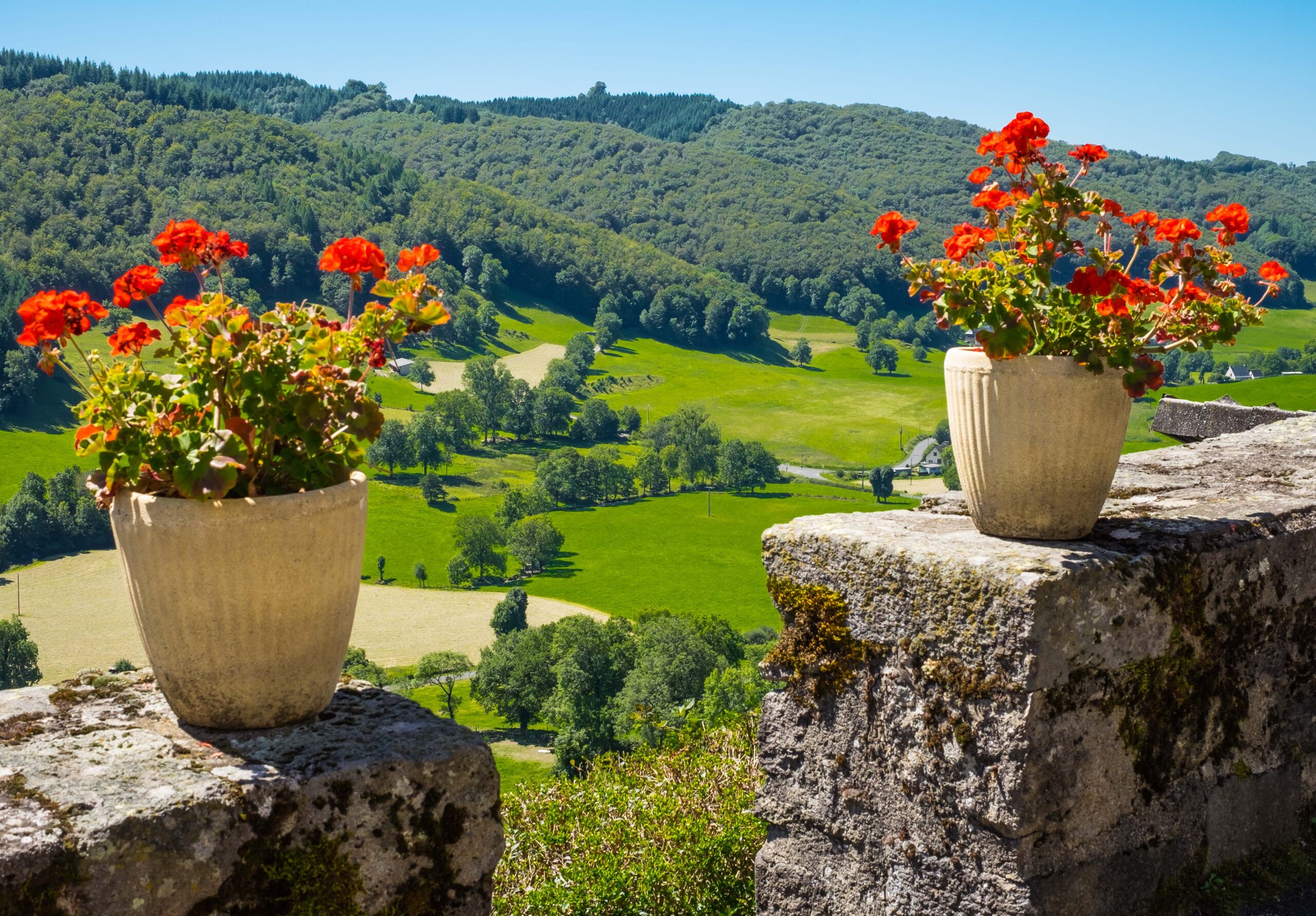
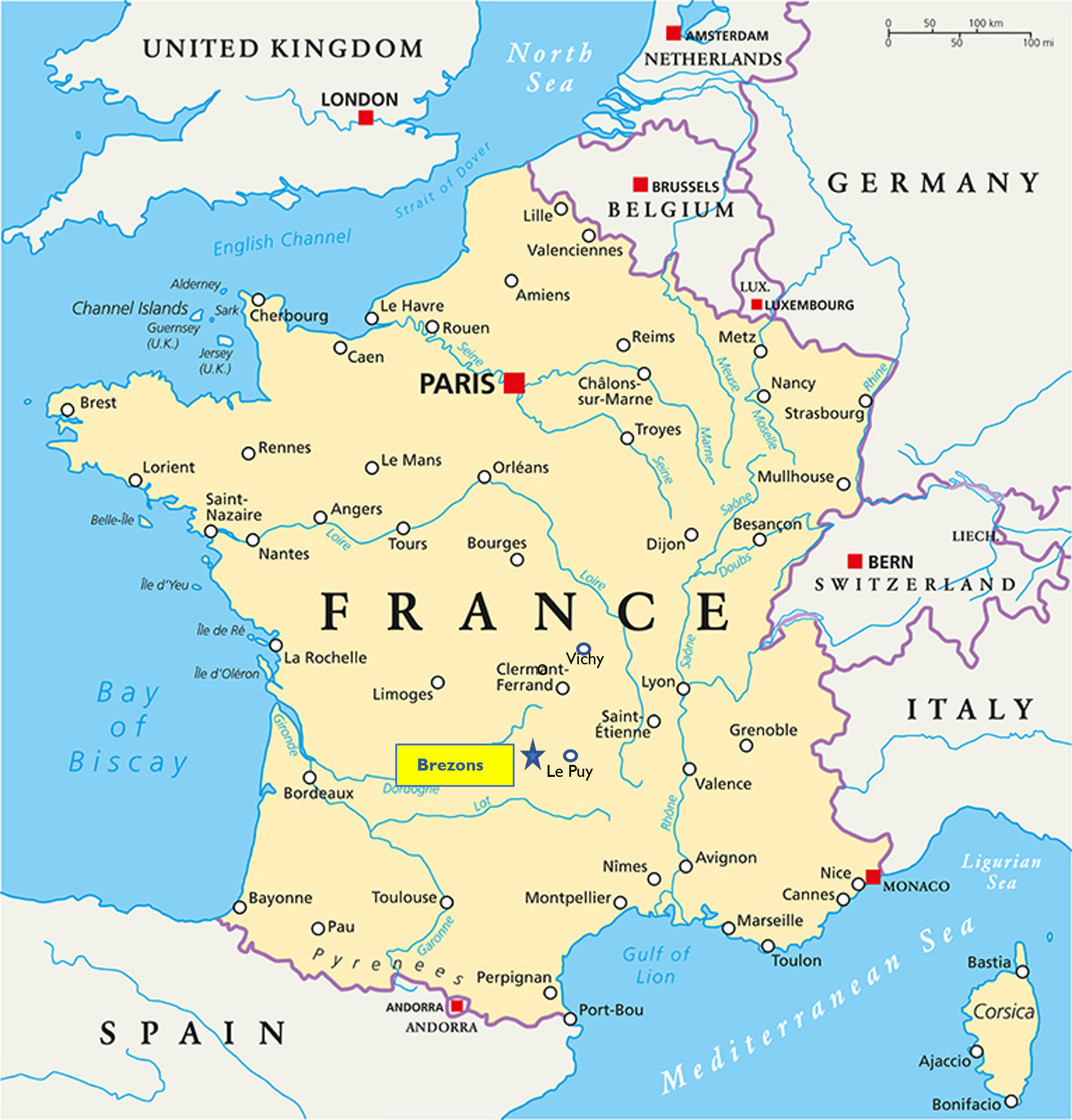
Consider the little village of Brezons, which is cited in the credits at the end of Délicieux as one of the principal locations used in the film. It’s only about 200 people, situated almost exactly halfway between the North Pole and the Equator, in a valley carved out of the surrounding volcanoes by an ancient glacier. Most people here are farmers, and the work is incredibly hard in this mountainous part of the country. If you need groceries or car parts or a hospital, you’ll have to get in a car and drive somewhere else to find them.
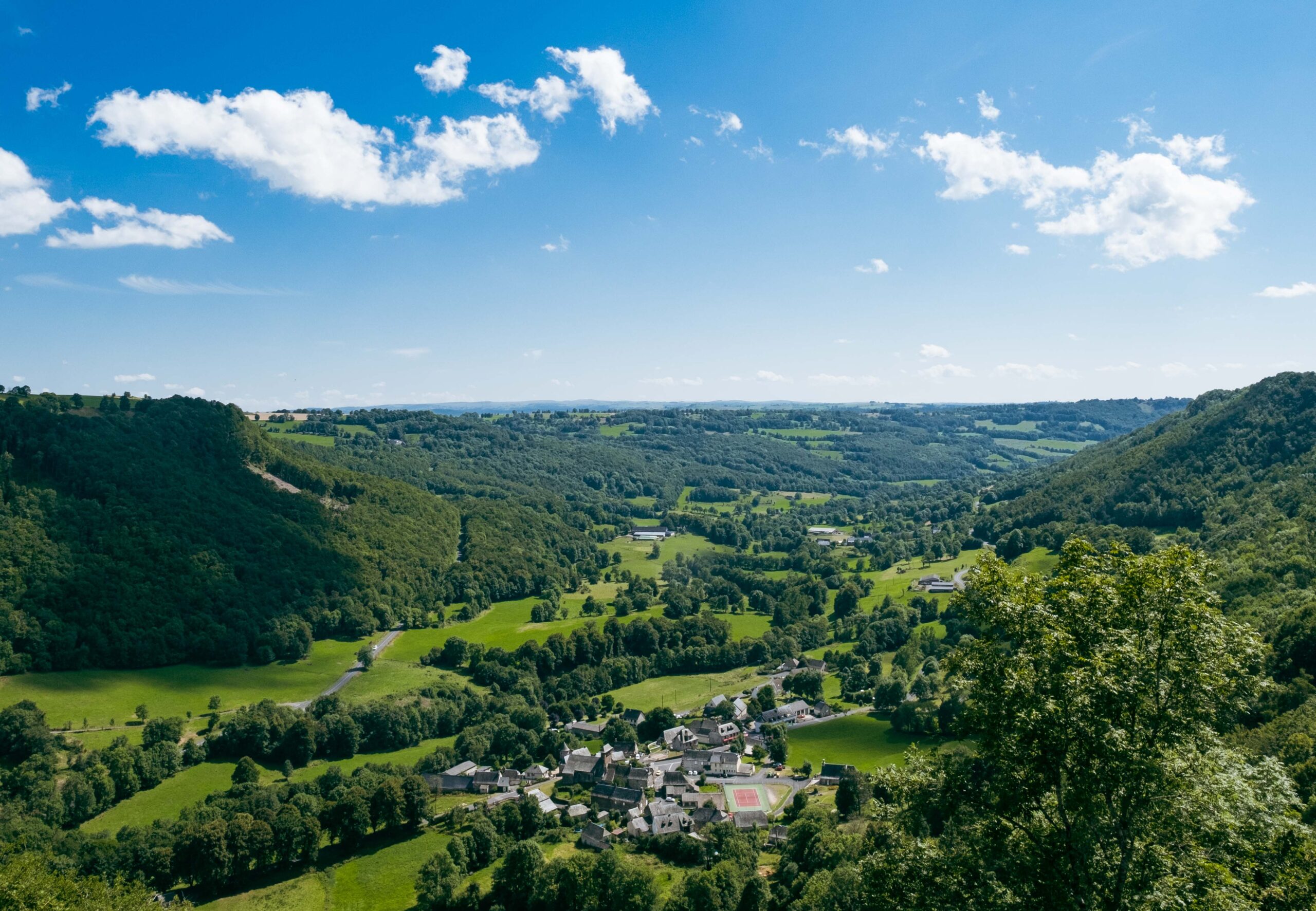
But there’s no denying how beautiful this area is – and you can see it in the movie! I’ve written about many other sites in the Cantal for several different reasons:
-
Some are connected to the long history when this region was not even part of modern France – places like the Chateau de Val (rescued by the electric company before it ended up at the bottom of a lake) or the ruins of the Chateau d’Alleuze. (There are also other, more modern sites worth seeing – especially the Viaduc de Garabit, a railroad bridge built by Gustave Eiffel long before he built that famous tower in Paris.)
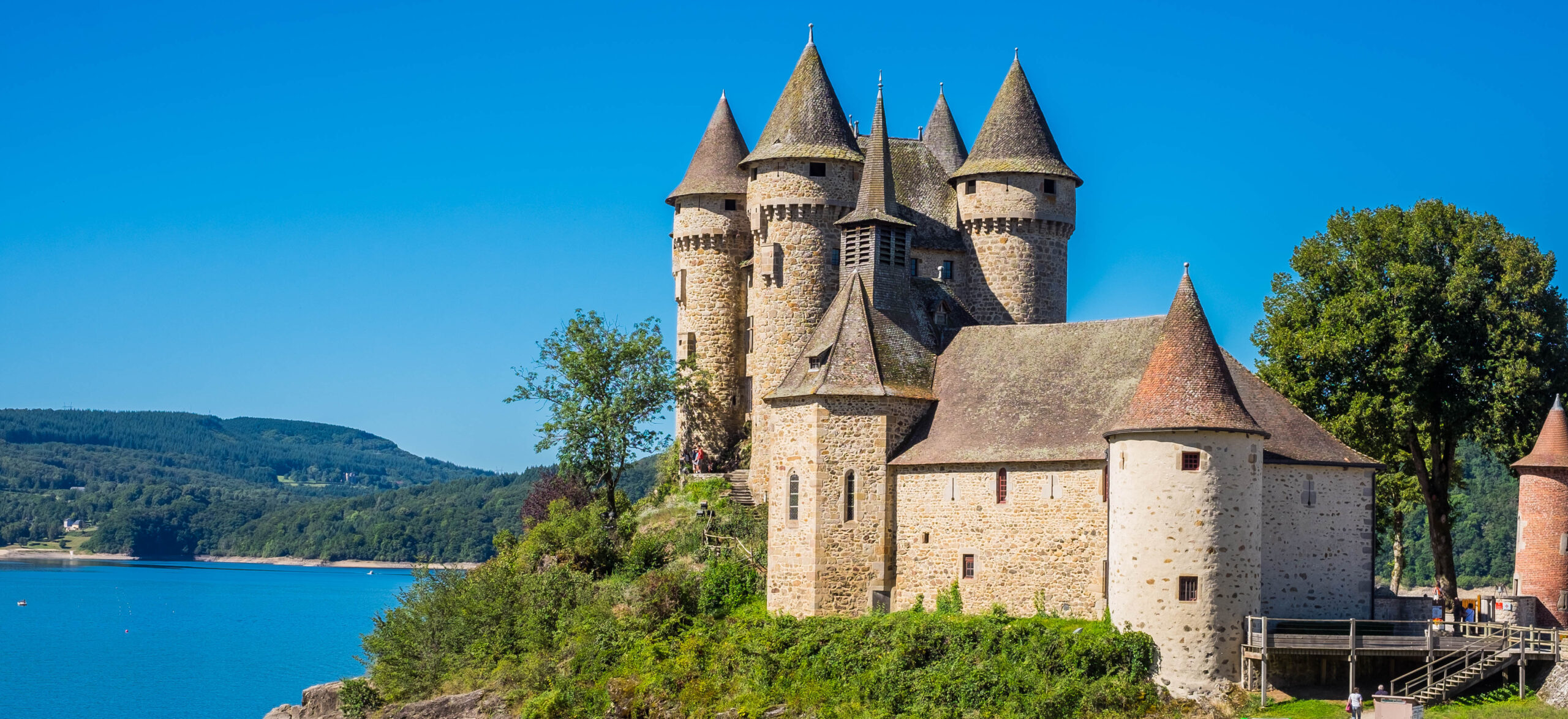
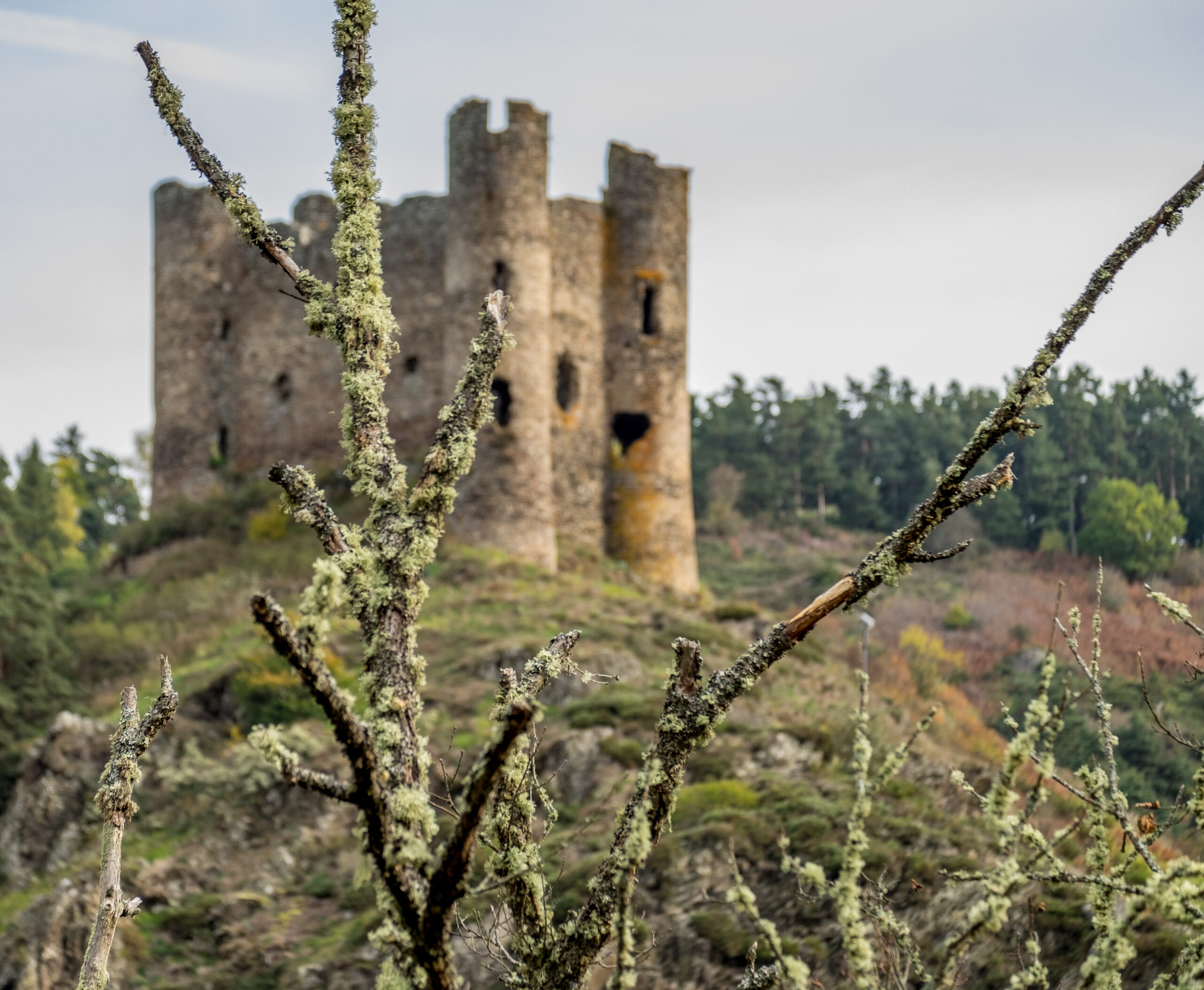
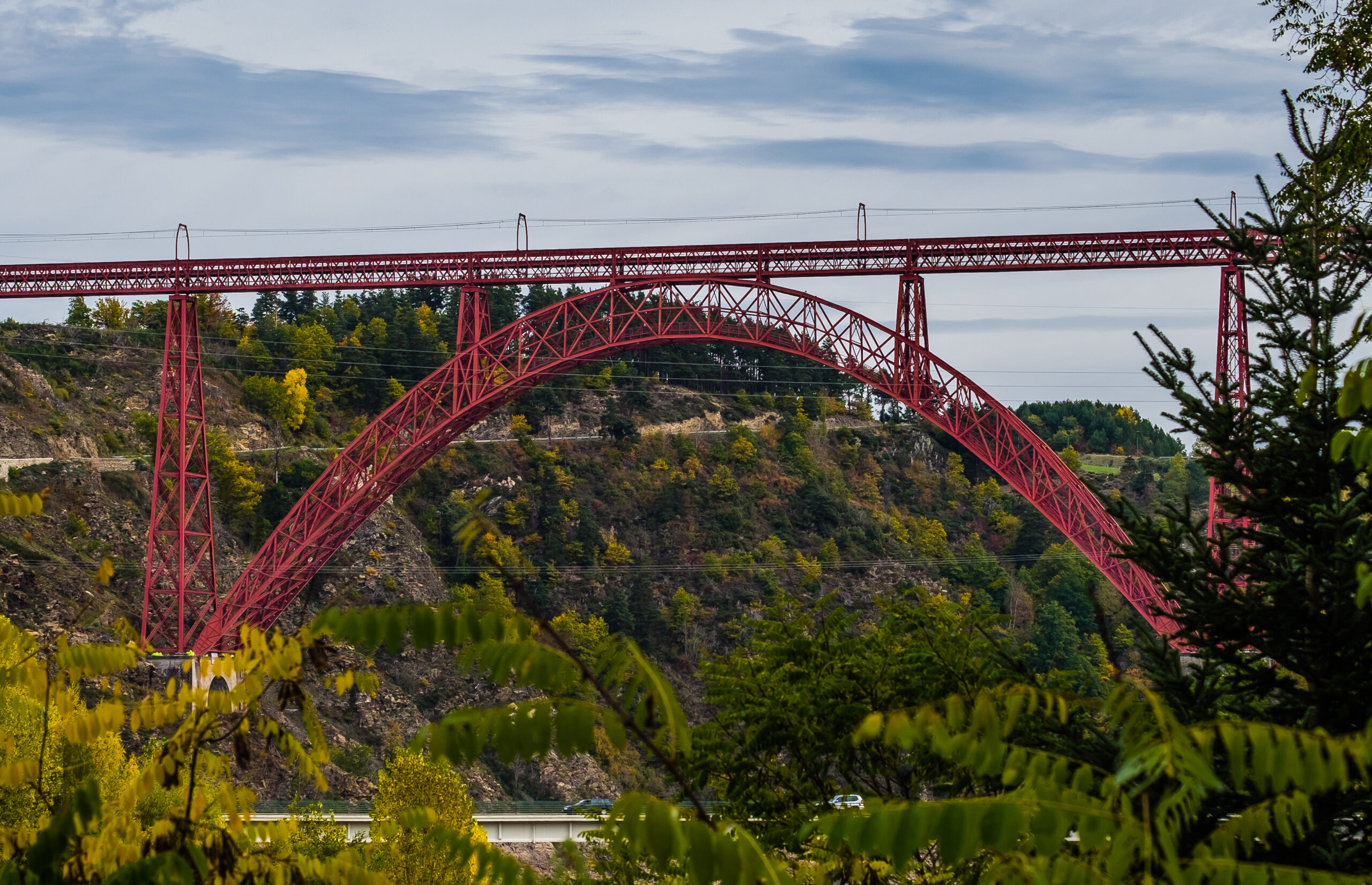
-
Some are among the towns on the official list of “Most Beautiful Villages” in France. You can spend a weekend among the beautifully preserved medieval buildings at Salers, for example, or take in the fine small castle at the edge of Tournemire-Anjony.
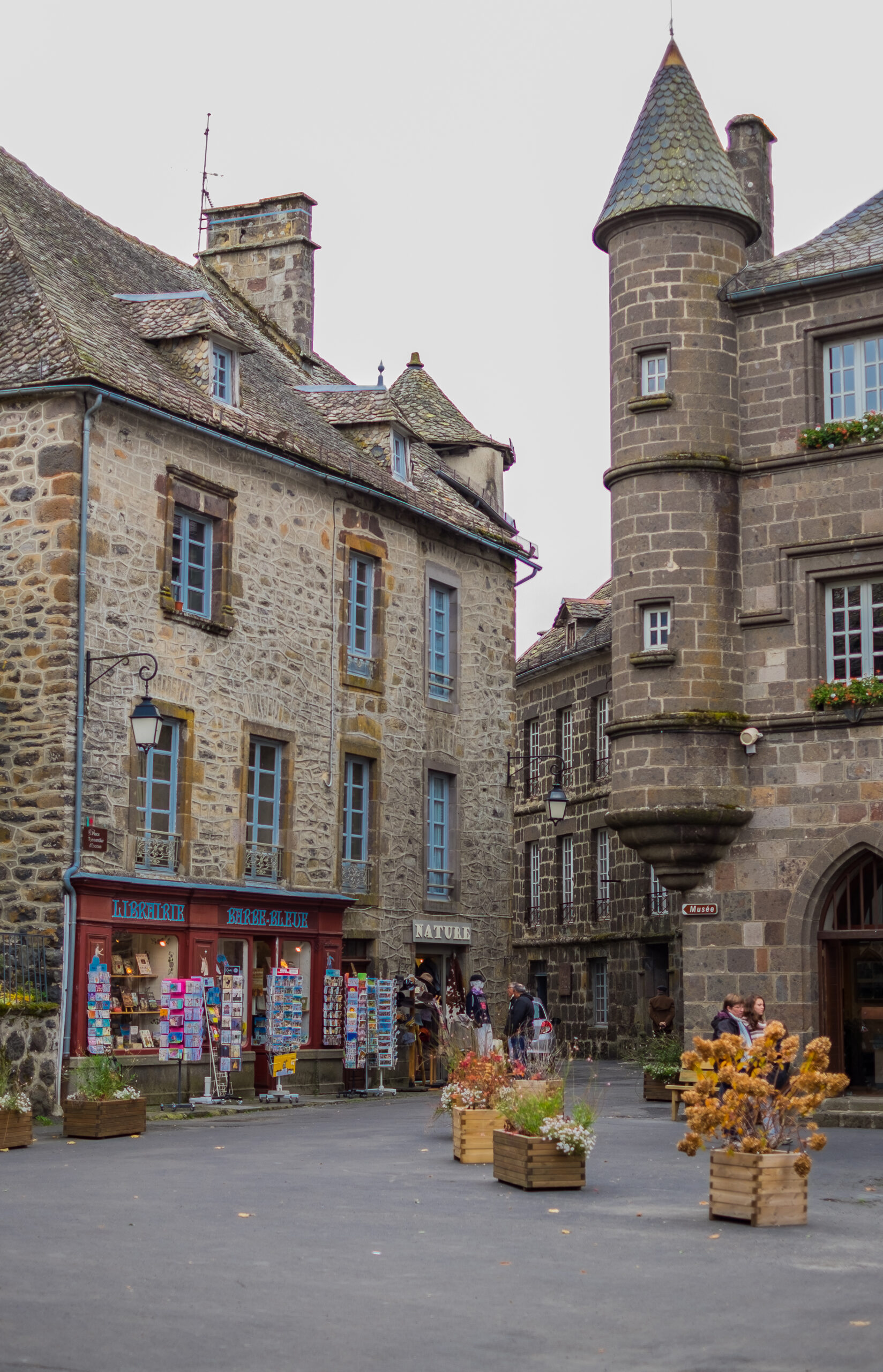
Medieval square in Salers
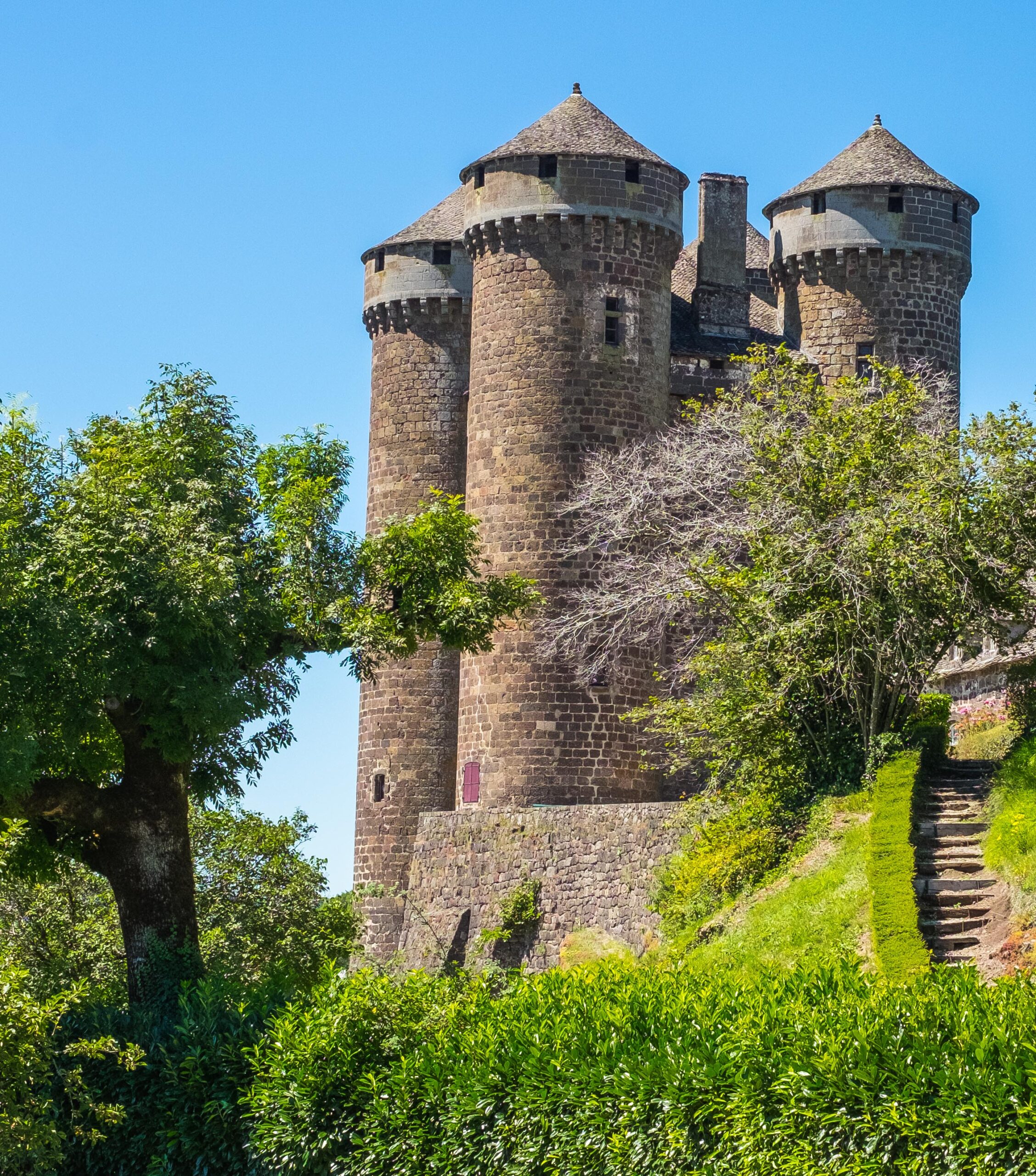
-
Some make great vacation destinations in themselves – places like the walled village of Saint-Flour or the spa town of Chaudes-Aigues (at 82°C -- 179.6°F – its waters are claimed to be “the hottest natural springs in Europe”).
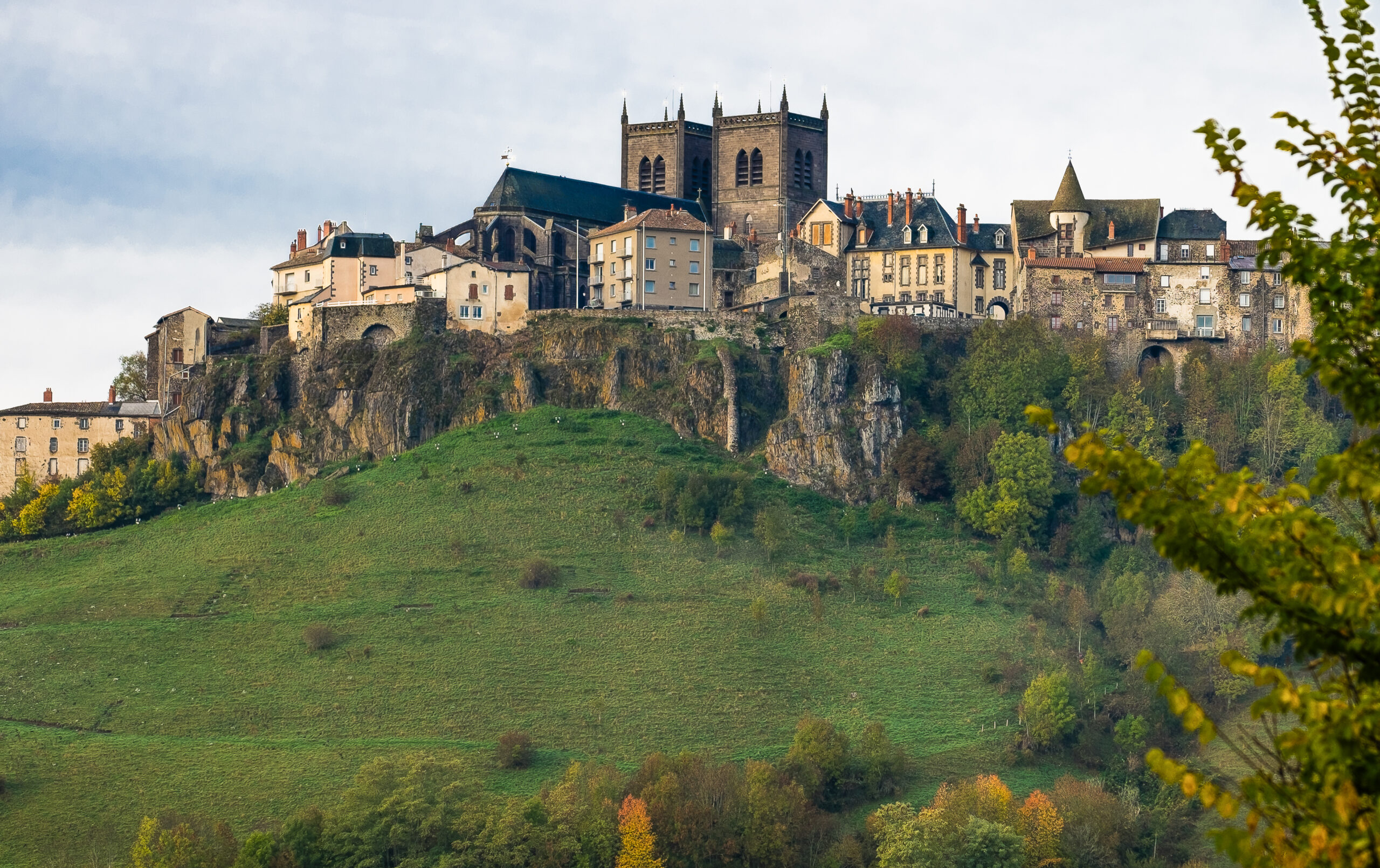
And of course, everywhere you turn in driving between these places, you are surrounded by the extraordinary, rugged beauty of the rugged volcanoes that make up the Monts du Cantal. My favorite site (although it’s always overrun by tourists in the summer months) is the Puy Mary, rising 1,787 meters or 5,863 feet; it was part of the most difficult stage of the Tour de France when it passed through this region in 2020. There are also several popular ski stations here if you prefer to come in winter. In every season, though, you’ll be treated to bright blue skies and clean air, deep valleys carved out by ancient glaciers, and the rough peaks that characterize the area.
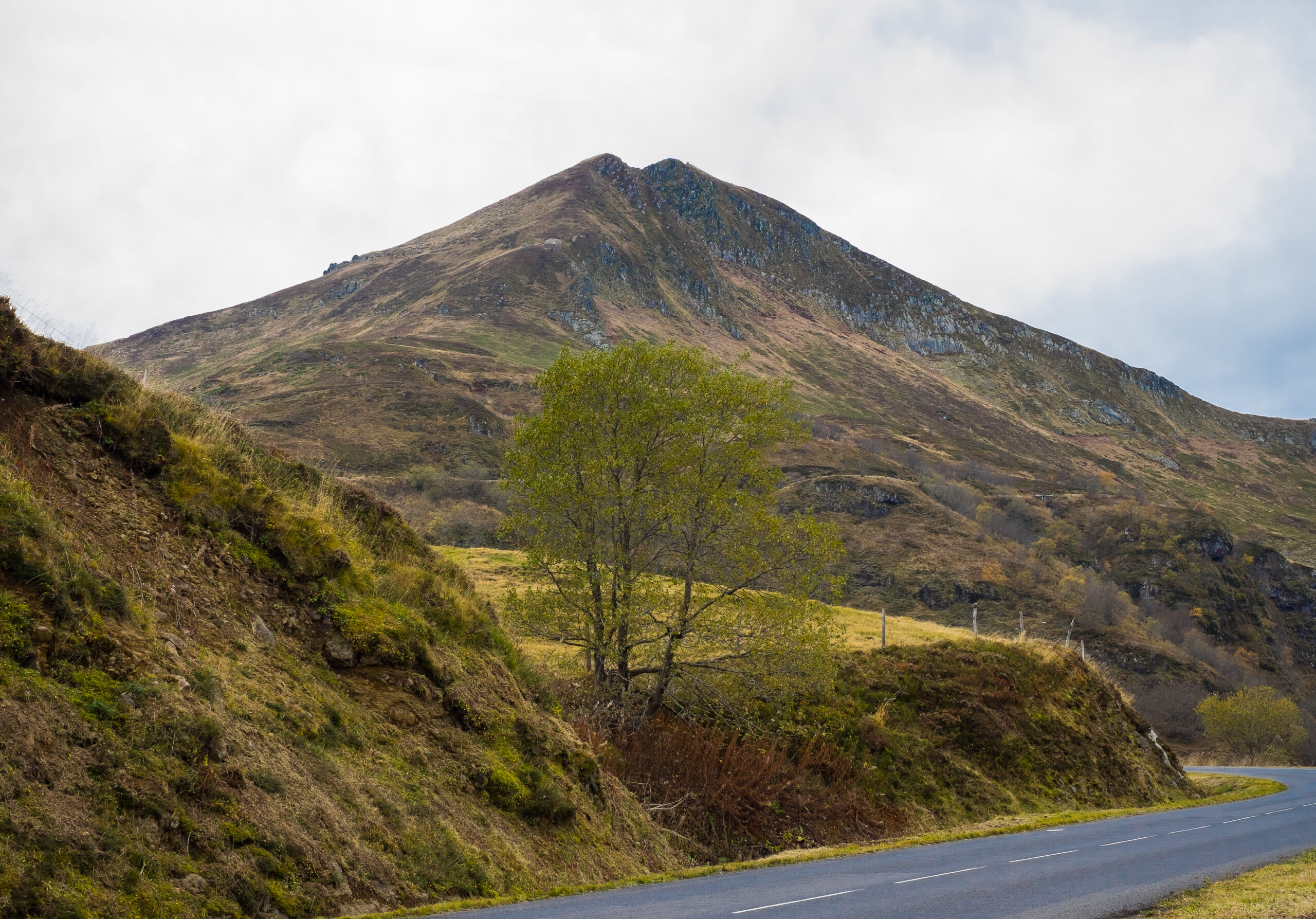
What the critics (and we) said about Délicieux
In the meantime, if you can’t get there in person (yet), you can also soak in the scenery of the Cantal by watching Délicieux. The New York Times called it a “sweet and savory tribute to food, pleasure and égalité at a particularly piquant moment in French history.” ABC News (Australia) said “This funny, nicely crafted film serves up food as the great social equaliser, cuisine as class revolt.” And the reviewer for the Niagara Gazette said this about the movie: “Exquisitely photographed by cinematographer Jean-Marie Dreujou with an eye toward the beauty of food and the lush landscape, ‘Delicious’ is a recipe for sumptuous cinematic delights.”
Obviously, Karen and I concurred. We have a weakness already for “foodie” movies like Big Night and Like Water for Chocolate, so we were predisposed to like this one. And when we found ourselves swept back into the gorgeous landscapes of the Cantal – that region that both of us remember so fondly – we knew we had found a winner!
Is there a film or TV show that you find especially evocative of your favorite places in France? What speaks to you most in the deep heart of the country? Please share your experiences in the comments section below – and while you’re here, please take a second to share this post with someone else who appreciates the people, culture, places, and history or central France.
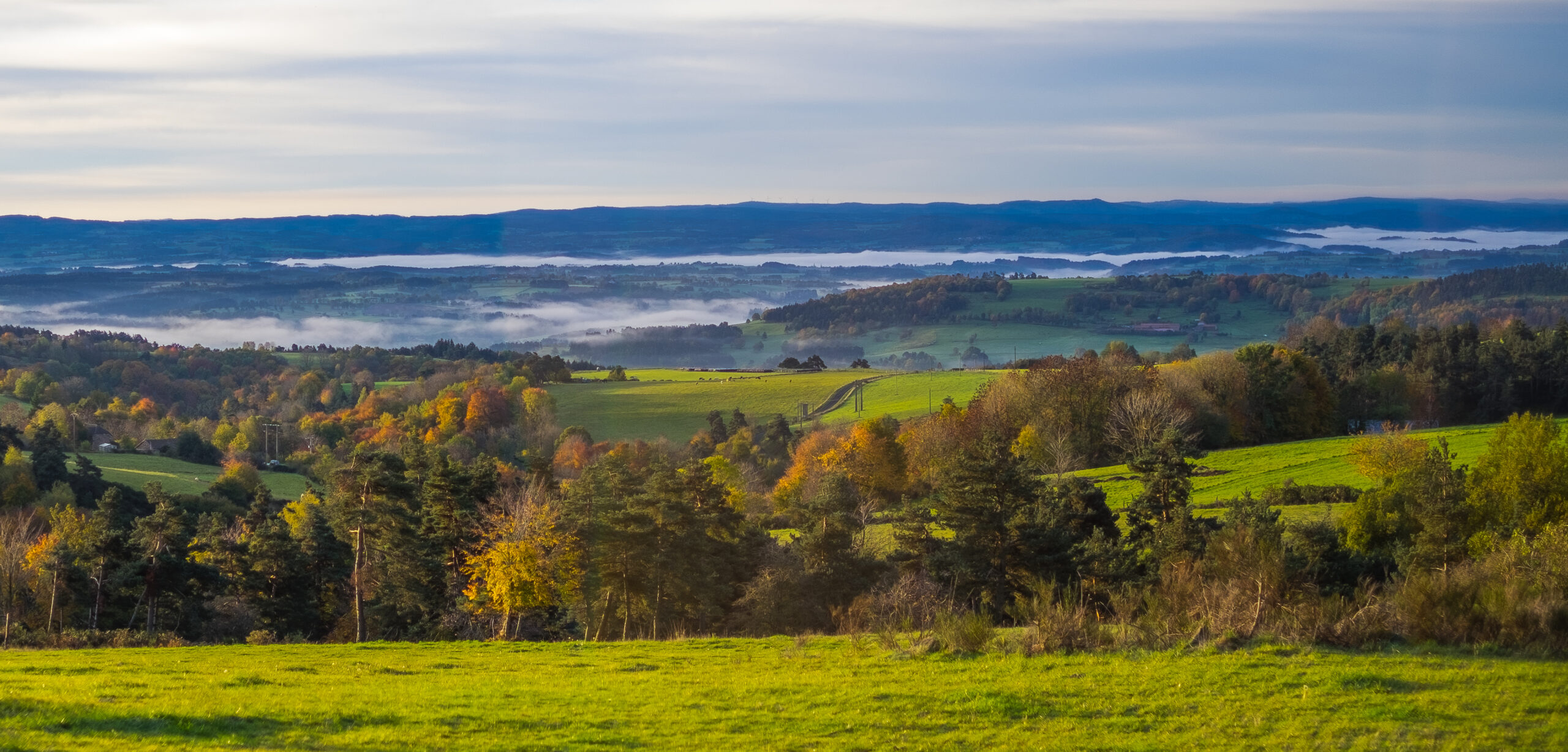
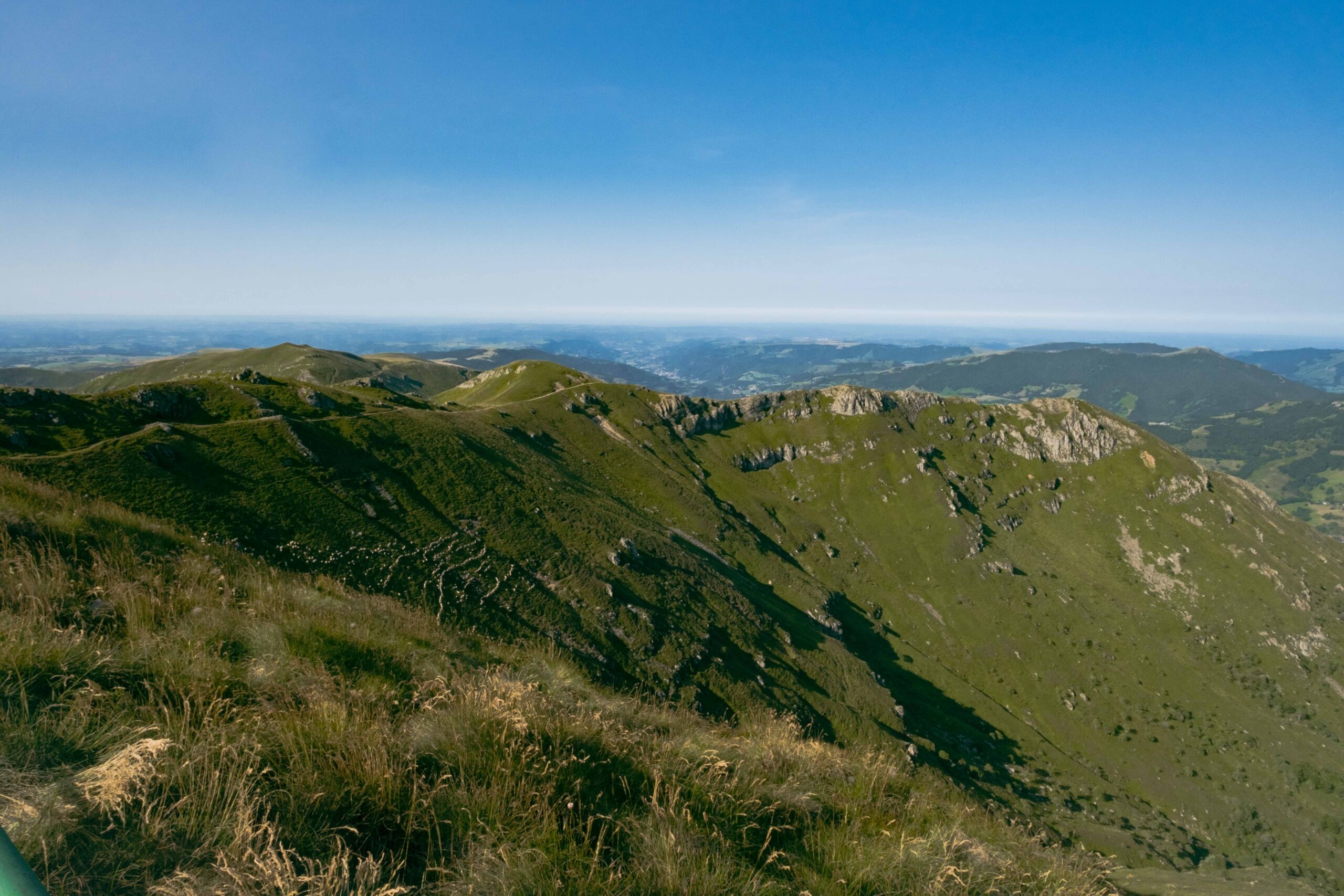
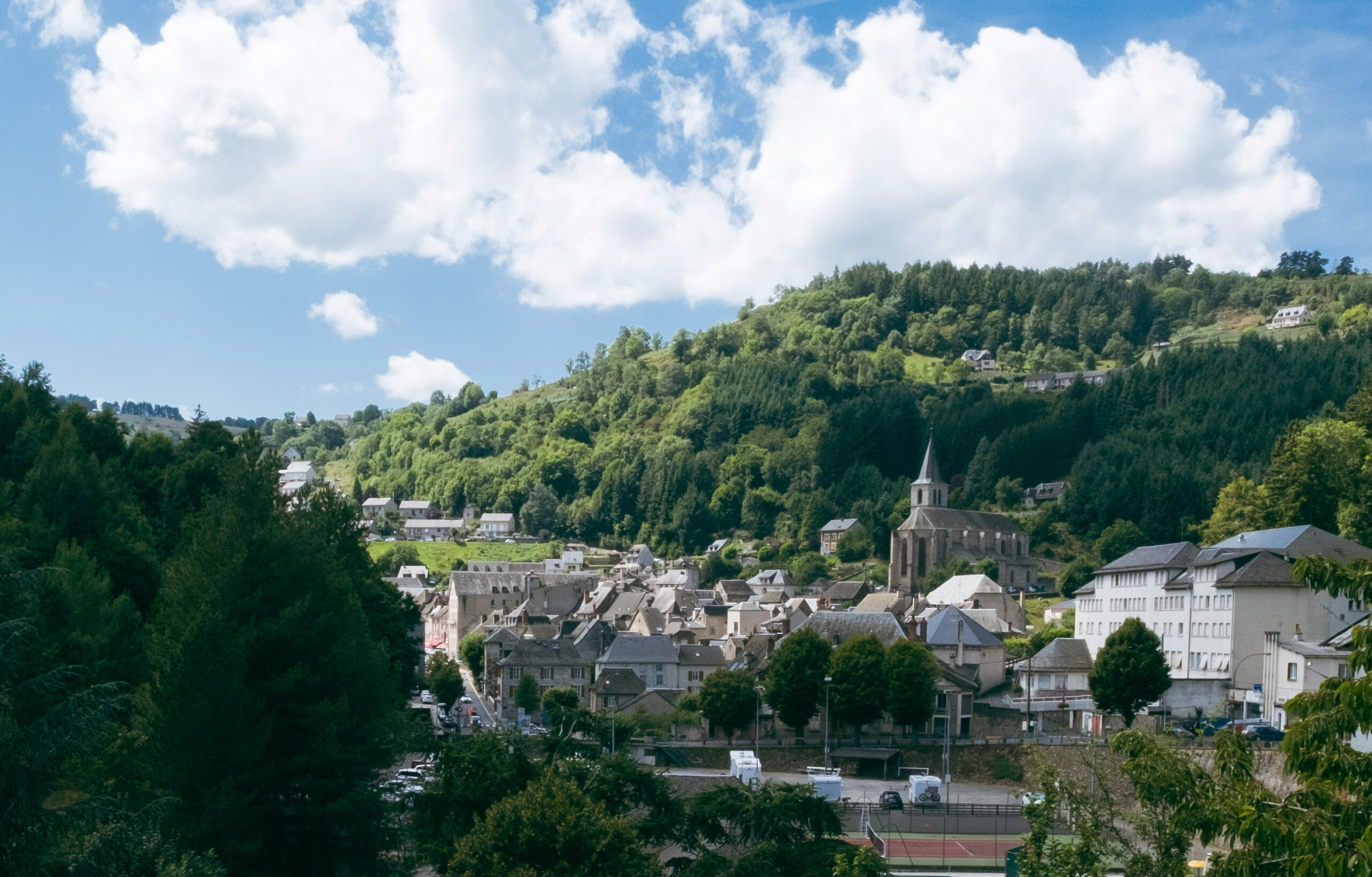
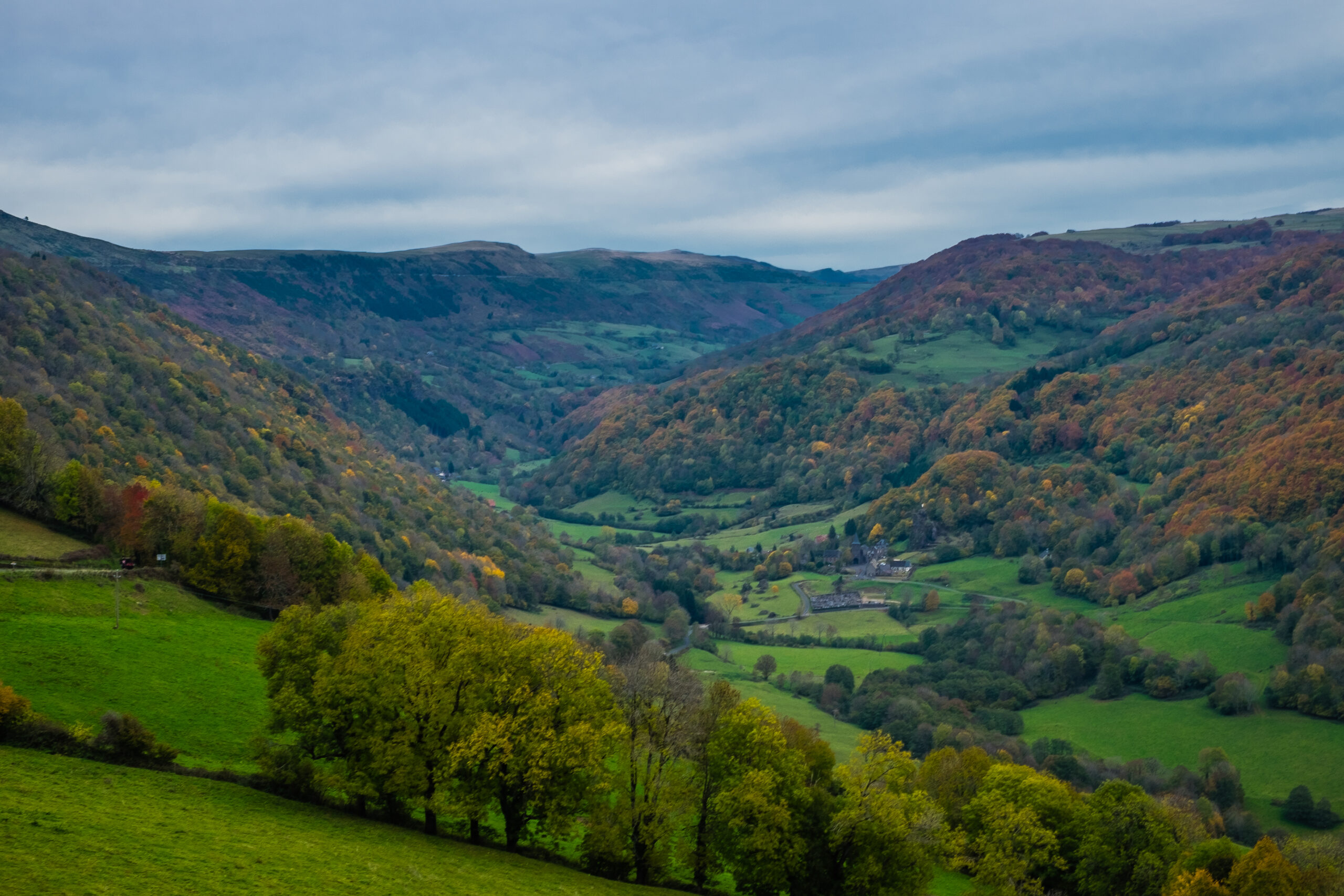
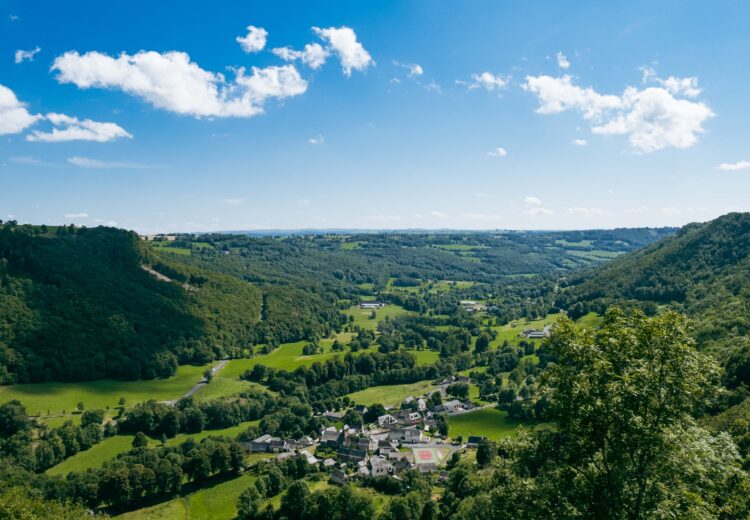

My French is limited, I didn’t care there were no subtitles in the version I saw. Absolutely ,this was the most beautiful movie made in the last 20 years. From the Cinematic capture to the script… Excellent!